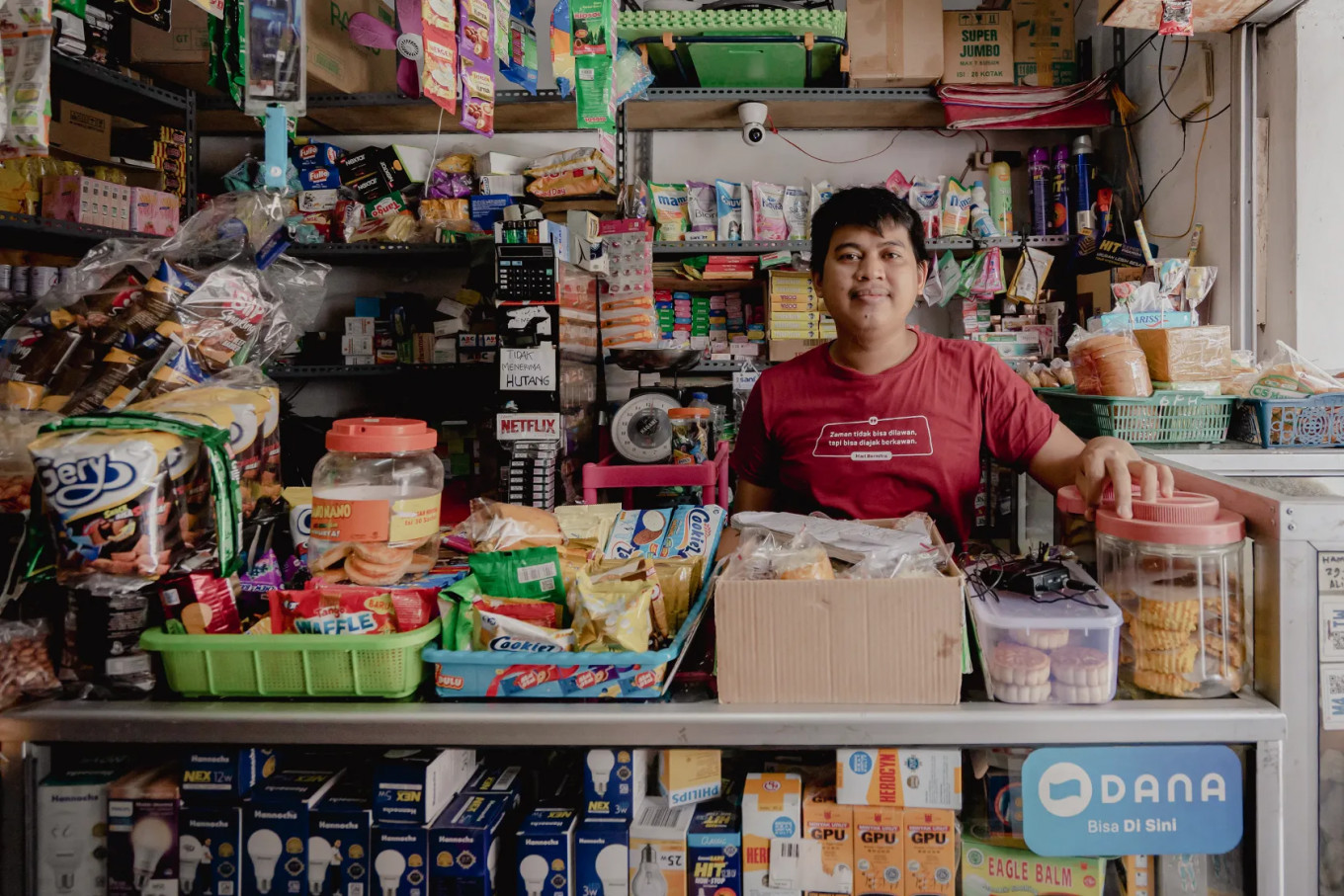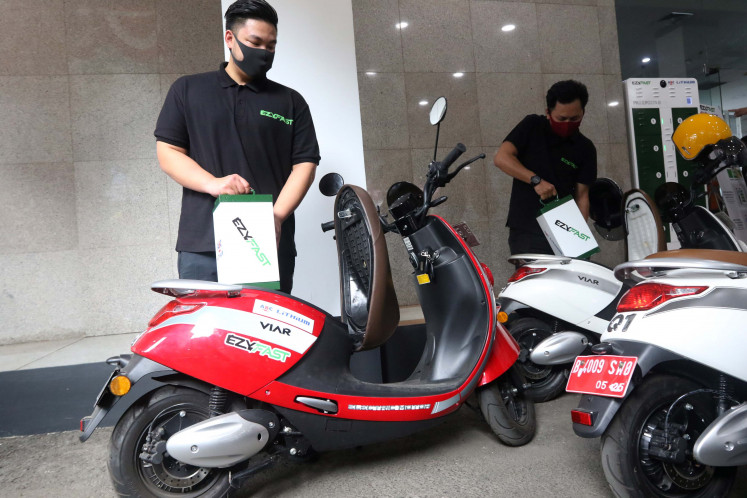Popular Reads
Top Results
Can't find what you're looking for?
View all search resultsPopular Reads
Top Results
Can't find what you're looking for?
View all search resultsAllo Bank investment boosts BUKA net profit in first half of 2022
Bukalapak announced on Monday that it had achieved a net profit of Rp 8.5 trillion in the first half of 2022, thanks to its investment in Allo Bank.
Change text size
Gift Premium Articles
to Anyone
I
ndonesian e-commerce giant Bukalapak (BUKA) has recorded a net profit less than one year after being listed on the Indonesia Stock Exchange, thanks mainly to its mark-to-market investment in the recently launched Allo Bank.
The unicorn bankrolled Allo to the amount of Rp 1.19 trillion (US$80 million) at the start of the year and now it is second only to CT Corp in terms of the digital bank share ownership with 11.49 percent.
Read also: BUKA posts first net profit on unrealized gains for Allo Bank
As a result BUKA raked in an operational profit of Rp 8.6 trillion in the first half of 2022, as opposed to the Rp 776 billion operational loss it suffered in the same period last year, according to a company press release.
The company also registered a net profit of Rp 8,590 billion this year, a turnaround from the Rp 767 billion net loss in the first half of 2021.
“Although the company has scored a net profit in the first half of 2022, we remain focused on operational performance. Therefore, the management still uses adjusted EBITDA [earnings before interest, taxes, depreciation and amortization] as the company’s performance indicator,” said Bukalapak management in the press statement.
Unlike most businesses in the same field who use gross merchandise value (GMV) to measure their performances, Bukalapak has been doing it using a matrix called total processing value (TPV), in which the unicorn claimed to have consistent growth despite its wobbly performance in the stock market.
Read also: Tech companies and the market sentiment
BUKA booked the amount of -Rp 732 billion of adjusted EBITDA, whose ratio to TPV had shown an improvement from -1.2 percent in 2021’s first half to -1 percent in the first half of this year.
In the second quarter of 2022, Bukalapak’s TPV figure amounted to Rp 36.5 trillion, which was a 24 percent increase on last year. The management said the surge in total transactions also contributed to the company’s TPV growth.
“[Around] 75 percent of the company’s TPV came from Indonesia’s tier-1 regions, where all-commerce penetration and the digitalization of warung [food stalls] and traditional retailers has shown strong growth,” said the release.
Moreover, Bukalapak also credited its TPV growth to its partners, saying they are the “main motor of the company’s growth”.
“This partnership growth is supported by the development of product variations and services offered by Bukalapak to the partners. By June 2022, there were 14.2 million partners, which is an increase from 11.8 million at the end of December 2021. […] We are committed to focusing on strategies that will lead us to strong and sustainable growth that is followed by good load management,” Bukalapak said.











